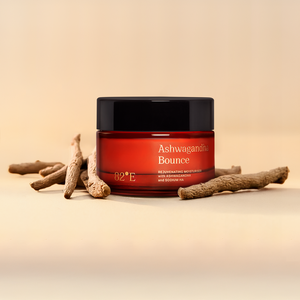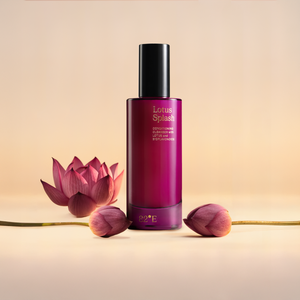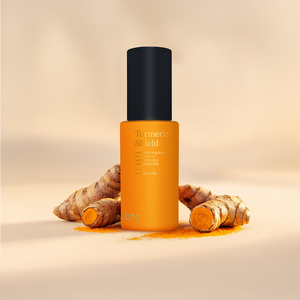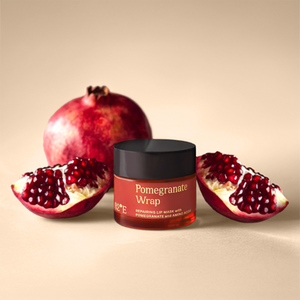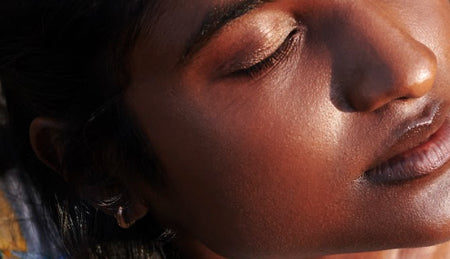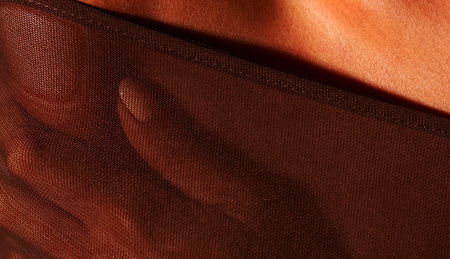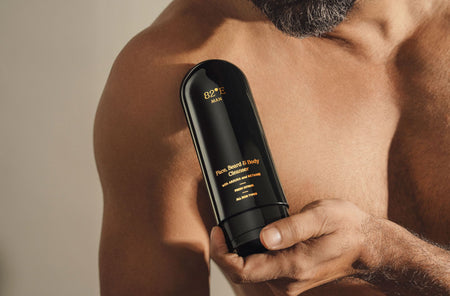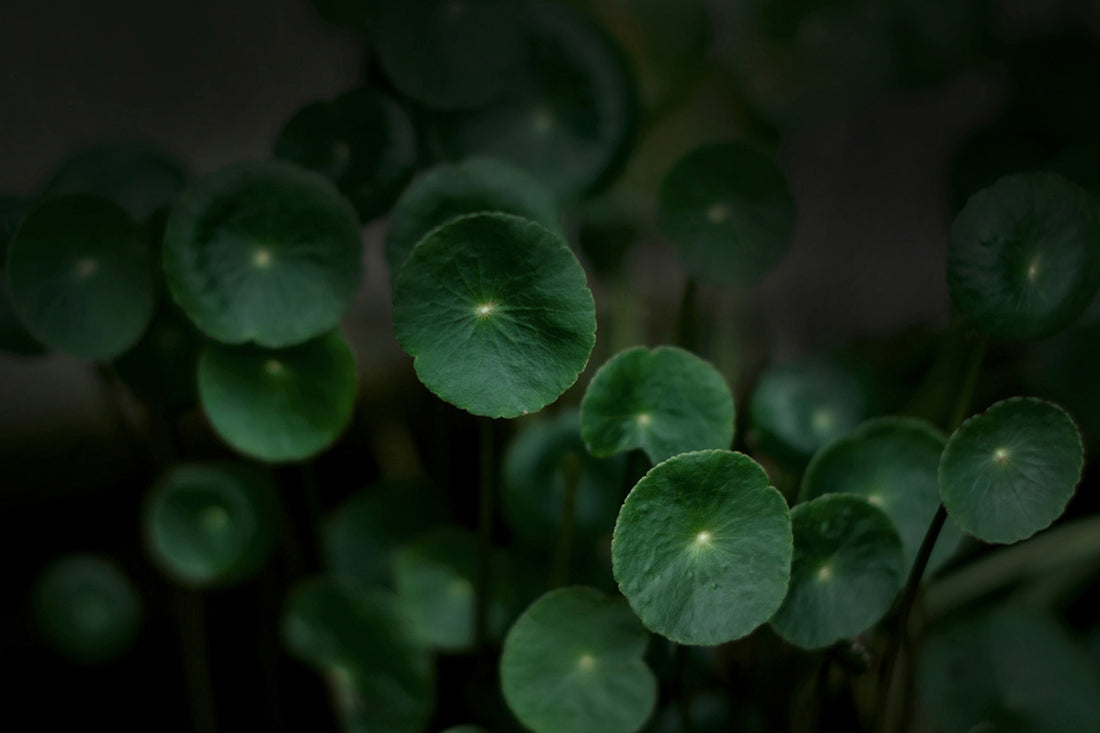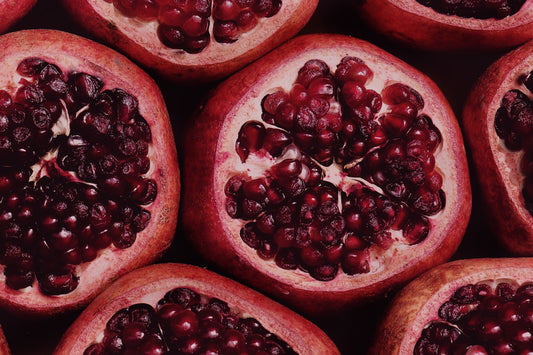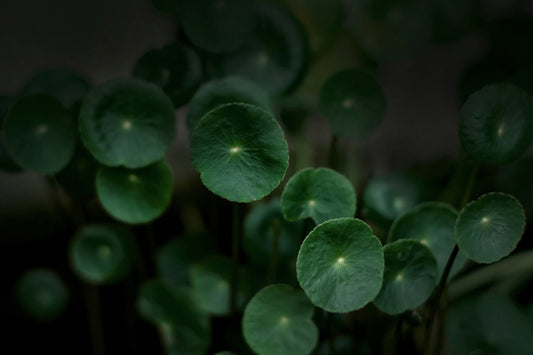
In the rich tapestry of Indian beauty rituals, there is one element that stands out, casting a golden glow —saffron. Often celebrated as the crown jewel of spices, saffron transcends its culinary role to take center stage in the realm of beauty and wellness. As we aim to unravel the transformative powers of this opulent spice, let’s go back in time and trace its impact.
A Brief History of Saffron
In the vibrant tapestry of culinary history, few ingredients command attention and admiration quite like saffron. This crimson-hued spice, derived from the delicate stigma of the Crocus sativus flower, has woven its way through the annals of time, captivating civilizations with its medicinal properties and unparalleled flavor.
Saffron, often referred to as "red gold," holds the title of the world's most expensive spice, and its value is rooted in both its scarcity and the labor-intensive process of harvesting. Each Crocus sativus flower produces only three crimson stigmas, which must be carefully handpicked during the brief autumn flowering season. It takes tens of thousands of these flowers to yield just one pound of saffron, adding to its rarity and, consequently, its high price.
Saffron's journey spans continents, transcending borders to become an indispensable ingredient in the culinary traditions of diverse cultures. Its scarcity made it a symbol of wealth and prestige, and rulers flaunted their opulence by adorning their feasts with saffron-infused dishes. It has graced the tables of ancient civilizations, from the Persians and Greeks to the Romans and Egyptians. Renowned for its distinct aroma, flavor, and vibrant color, saffron has been celebrated in both sweet and savory dishes, leaving an indelible mark on the culinary landscape.
Beyond its culinary prowess, saffron has been revered for its medicinal properties and mystical associations. Ancient healers utilized it as a remedy for various ailments, and its inclusion in traditional medicine persists to this day. In some cultures, saffron is believed to possess aphrodisiac qualities and is used in rituals and ceremonies to bring good fortune. Cleopatra is said to have bathed in saffron-infused milk for its reputed skin-enhancing properties, while Alexander the Great used saffron threads to heal battle wounds.
The Skincare Benefits of Saffron
Saffron as a beauty ingredient has made its way into both traditional and modern skincare regimes so let’s evaluate its benefits:
- Brightens skin: Saffron, with its natural skin-lightening properties, works wonders in brightening the complexion. Rich in antioxidants and carotenoids, saffron promotes a more even skin tone by reducing the appearance of dark spots and blemishes. Regular use can impart a radiant and youthful glow, making saffron a go-to ingredient for those seeking luminosity.
- Improves skin texture: The potent antioxidants found in saffron play a pivotal role in combating the signs of aging. Saffron helps neutralize free radicals, which contribute to the formation of wrinkles and fine lines. Incorporating saffron into your skincare routine can aid in maintaining skin elasticity, diminishing the appearance of wrinkles, and promoting a smoother, more youthful complexion.
- Protects against skin damage: Crocin, the active compound in saffron, has antioxidant properties. It protects against sun damage which accelerates premature skin aging.
- Provides hydration: Saffron's natural moisturizing properties make it an ideal choice for those looking to hydrate and nourish their skin. It helps lock in moisture, preventing dryness and flakiness. Saffron-infused products create a protective barrier, leaving the skin feeling supple and well-hydrated.
- Soothes skin: Saffron can be a soothing balm for irritated or inflamed skin. Whether dealing with redness, acne, or other skin conditions, the application of Saffron-infused products can help calm and balance the skin.
How to Incorporate Saffron into Your Skincare Routine
Adding saffron into your skincare routine becomes a gateway to radiant and luxurious skin.

-
Body Lotion with Saffron:
Seal in the golden goodness with saffron-infused hydrating body lotions. Saffron is known to help even out the skin tone and help strengthen the skin's barrier. It is also known to reduce hyperpigmentation and dryness. Our multitasking lotion also has the goodness of ceramides and SPF 20 which helps protect against sun damage - Hydration with Saffron Water: Elevate your toning routine by incorporating saffron-infused water. Steep a few saffron strands in distilled water and use it as a refreshing toner. This simple addition can help tighten pores, soothe the skin, and prepare it for the subsequent layers of your skincare routine.
- Saffron Masks for a Spa-Like Treat: Indulge in the opulence of a saffron mask to pamper your skin. Mix saffron with honey, yogurt, or aloe vera gel to create a luxurious mask. Apply it evenly to your face, allowing the blend to nourish, brighten, and revitalize your skin. Let the mask sit for 15-20 minutes before rinsing off with warm water.
Saffron weaves a story of opulence, tradition, and the timeless pursuit of beauty. It is linked to several health benefits and is an integral part of some cuisines. This golden spice exudes luxury, be it in your daily routine or your favourite dessert. Make it a part of your self-care journey with 82°E.

